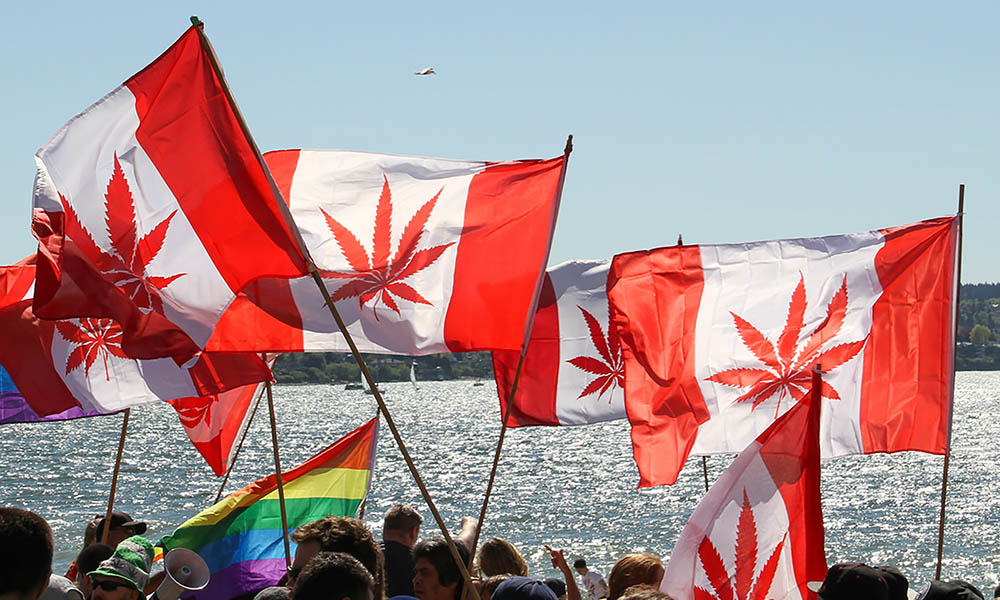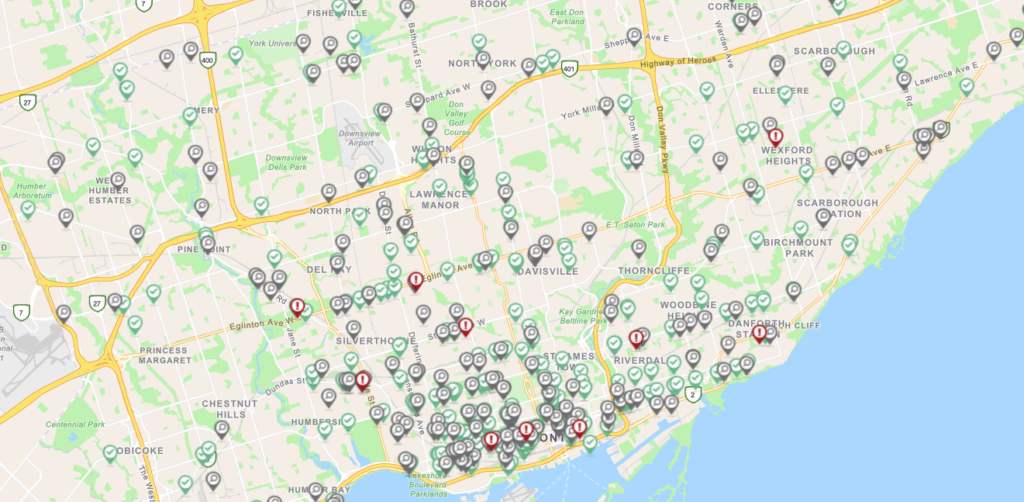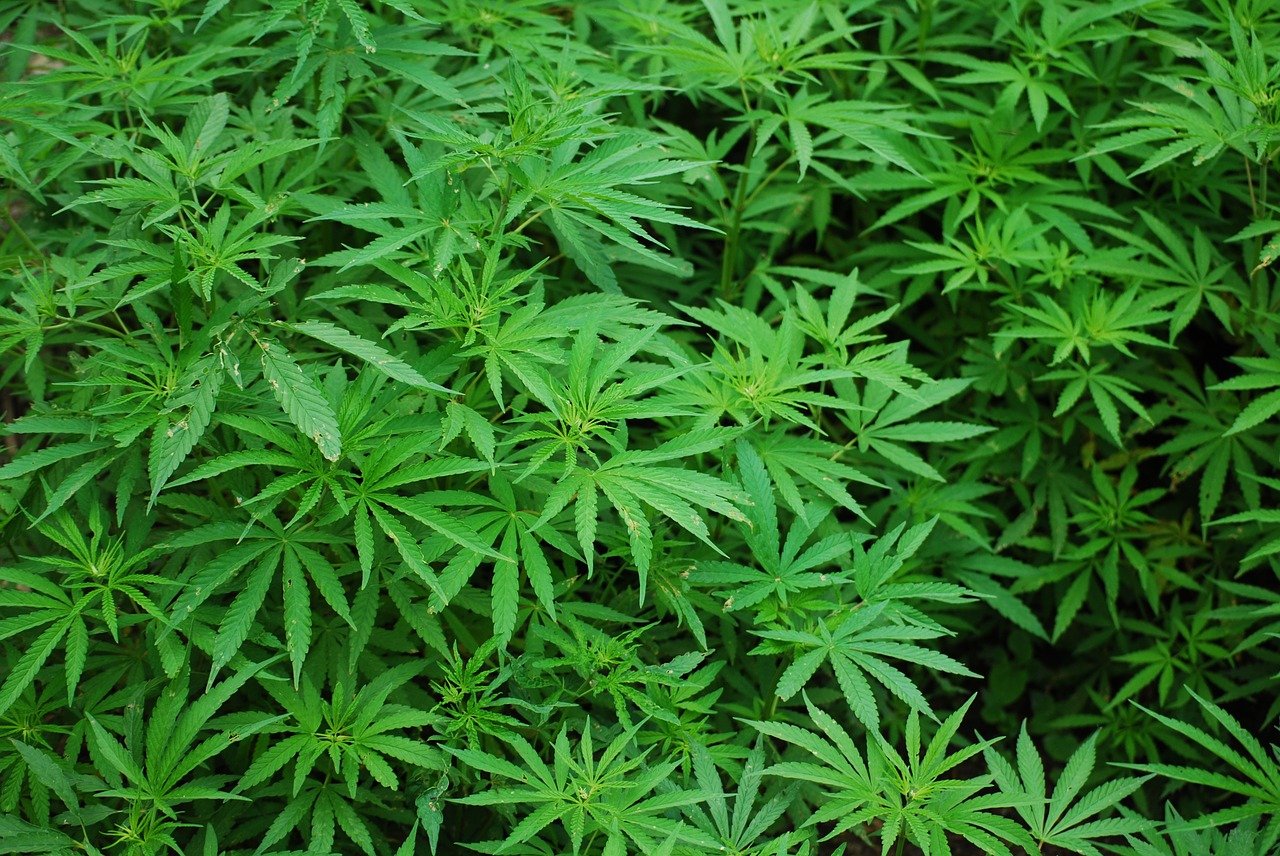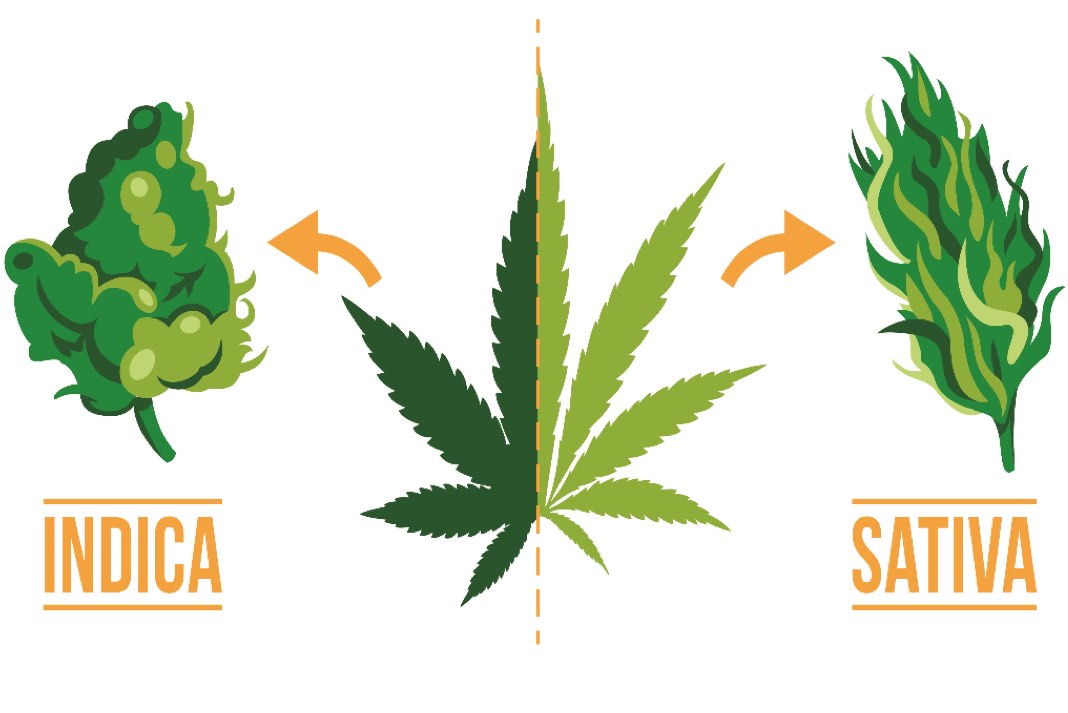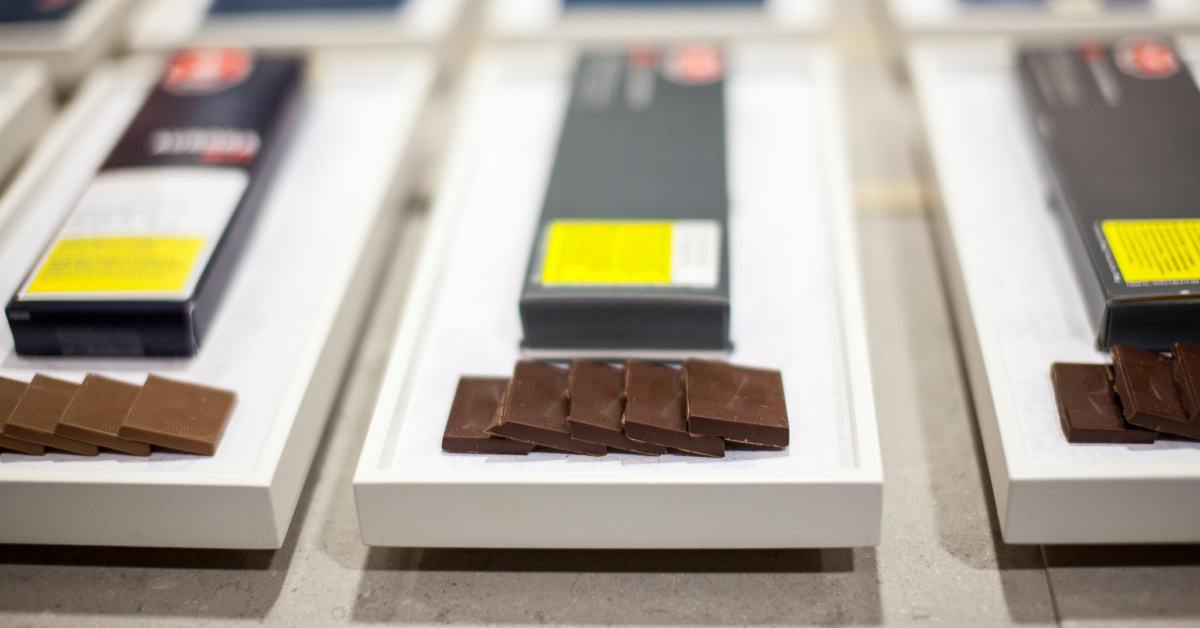We’re sure we’re not the only ones that have noticed…WOW! There’s a massive amount of cannabis dispensaries in Toronto, with ‘Coming Soon’ signs on what feels like every street corner.
CTV news reported some statistics in February of this year: Ontario will have “1,390 legal cannabis stores by October 1, or one for every 10,000 residents and two for every liquor store”. The last update from the Alcohol and Gaming Commision of Ontario (AGCO) was February 16th, 2021, where they confirmed they are issuing 30 new Retail Store Authorizations per week.
Here’s a map from the AGCO (as of June 17th) of the GTA’s proposed and approved Retail Store Authorizations:
What does this mean for the city, and Hi-Class? Read on to find out.
Thousands of cannabis stores, one wholesaler
In other retail settings, store owners have thousands of options about what items they choose to carry in their shops. A clothing shop or food retailer has access to a global market full of goods and so, consumers are blessed with an array of choices when they make their purchasing decisions.
But the cannabis landscape in Canada right now is much different than what was described above. All stores are mandated by law to purchase from one monopoly wholesaler. That’s right! So even though your favourite cannabis store might want to offer you the latest CBD bath salts that just launched from that cool company based in California, unless our government has added that product to their list of approved products, it’s not gonna happen.
Strict marketing for Cannabis
You probably catch at least one commercial about alcohol on TV when you’re settled in to watch the game at night, if not more. Whether it’s Coors Light’s “Official Beer of Pregame Naps”, or a promo for the latest escape from boring beer (this summer it’s hard seltzer), you’re seeing actors consuming alcohol on a daily basis.
The marketing around cannabis consumption is nowhere near that lax. The only cannabis-themed commercial we’ve spotted so far is by arrivealive.org, featuring Canadian chef Rob Rainford speaking to the dangers of driving under the influence (Rob, if you see this and want to collab for a cooking demo, DM us!). The AGCO has super strict rules about what you are permitted to publish about marijuana, and with good reason. It’s a new legal industry for the country, and without these policies in place, we can definitely see it becoming the wild west with plenty of misinformation circulating. \
The bottom line
Alberta (fastest province to open private-sector cannabis stores): 1 store for every 7,478 residents
British Columbia: 1 store for every 16,346 residents
Colorado: 1 store for every 9,587 residents
Oregon: 1 store for every 5,698 residents
So, what does all this mean for Hi-Class Cannabis? It means we appreciate you choosing us!
Whether you need insights on the latest release from your favourite grower, or you’re a first-timer wanting to educate yourself about weed, you’re always welcome. If you are in the neighbourhood, pop by to say hi and see which furry friend we have in the shop that day!

